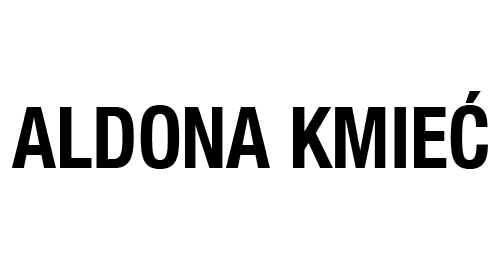



In the Process of Healing is a two-part immersive, site-specific installation developed for the 2017 Ballarat International Foto Biennale and presented within the contemplative surrounds of the former Sacred Heart Convent in Ballarat — a place steeped in institutional history. The project was created with the support of Ballarat Regional Multicultural Council and Ballarat International Foto Biennale festival that year.
This work engages with themes of trauma, resilience, and the potential for collective healing by activating the convent space through sound, photography, and sculptural intervention. Working within the site, I sought to examine both personal and communal experiences of displacement, survival, and memory.
The first installation centres on the lived experience of a Tamil asylum seeker family, captured through intimate photographic portraits and field recordings. Their story unfolds quietly through layers of image and ambient sound, evoking the tension between visibility and erasure, between personal narrative and political circumstance. The space holds their presence with tenderness and respect, foregrounding their dignity and strength within a broader discourse of forced migration and belonging.
The second installation, by contrast, addresses the traumatic legacy of clergy sexual abuse in Ballarat and beyond — a crisis that continues to reverberate through the community. At its core is Chair of Nails, a sculptural work forged from reclaimed timber and hundreds of metal nails, each one a visceral marker of pain and survival. This is accompanied by a soundscape composed from layered, reverberating tones — both unsettling and meditative — which further anchors the installation in an emotional landscape of grief, silence, and resolve. This space acts as an offering: a memorial, a site of witness, and a call to listen.
Both installations invite audiences into a slow, sensory engagement, asking not for passive observation but for active reflection. In the Process of Healing disrupts conventional documentary modes by collapsing the boundaries between the intimate and the public, the visible and the suppressed. It draws from a practice deeply concerned with social justice, memory work, and the transformative capacity of art to speak where words fall short.
This project continues to inform my interest in site-responsive practice and the ethics of representation — particularly how photography and sound can hold space for those whose stories are too often unheard.
★ Runner up, best exhibition Ballarat Intl Foto Biennale 2017
“Very theatrical, stimulating. When you go to the room, the ‘Chair of nails’ is very stark, but very evocative too. Most theatrically exciting thing for me was coming out of this room and having to walk through the photographs again, and see them in a different emotional state of mind. Beautifully theatrically presented.”
“Thought-provoking, sensitive and empathetic” , “Powerful exhibition”, “This is a profoundly insightful, immersive experience, just totally nails it.“
26/08/2017
Sometimes the blurb of an exhibition doesn’t really prepare you for what you’ll find and feel when you walk into it. When I read the program, and when Aldona asked me to say a few words today, I knew what In The Process of Healing was about, but I wasn’t prepared for the scale, for the levels of thought and feeling that Aldona had in store for me. Last year she dressed me up in a glorious but extremely heavy suit of armour at Kryal Castle where I posed for her in a two hour photo shoot. This year she’s dressed me in the grand weight of trying to speak about this, a very important, very moving, and extremely timely exhibition. I can only hope my language muscles are up to the task.
It’s hard to believe it’s her first installation work, isn’t it? We know her as a crack photographer. And we know her because she’s a powerhouse Ballarat artist who engages with the stories and people of this community. She is active with groups like Uniting Care, through her work as a multi-cultural ambassador, and with local secondary school students for the We R U mural project where we saw our faces blown up and plastered over this city’s buildings. Aldona works tirelessly to present our stories, in our places. And for some those stories may be confronting. It takes an artist with deep integrity, courage and great skills to express them sensitively but uncompromisingly to us. Aldona is an artist we can trust to do that. That’s why I’m in awe of her and her practice.
I don’t know about you, but just walking through the grounds of this complex to get to the exhibition is a highly atmospheric experience. To then walk through the door here is to have an encounter on top of that. We are launched into a carefully curated environment, of sound, lighting, stunning portraits, just consider the temperature and size of the two very different spaces. We go from an epic, expansive, almost lush expression, into a cell-like room that pulls no punches.
Aldona’s not messing around. There is trauma in the world, in our community here, and in our nation. It’s real and raw and has to be acknowledged, because people have to live with it every day. They’ve been dealt it by the abuse of power, by the abuse of those trying to keep hold of that power. You don’t need me to draw out the associations, what the visuals and sounds here suggest. Because they suggest a lot! They speak very clearly. And in this exhibition we think and feel them at the same time. There should be a specific word in the English language for that kind of ‘all-at-once knowing’
It’s the sensation of being rattled and convinced all the same time, it’s a strange juxtaposition of energy inside us that means we are encountering, realising, appreciating something in a new way. That’s what good art does. And our political leaders could use more of that ‘think-feeling’. Although if we did discover a word for it in our language I’m not sure I’d trust them with that word. We know what they do with language.
Aldona arranges juxtaposition here in so many ways. These marvellous portraits that hang from the ceiling are bookended by a family that has to hide their faces, but what we find in between are shots of innocence, joy, hope and promise. These hang in the centre of the room because these things are potentially are in all of us, to draw on somewhere in our core. They are where healing comes from.
A little voice says:
‘We’re trying not to go into darkness. We’re standing in the light’
And in just the hope that it’s enough light, we hopefully find enough light to stand in. The little girl’s voice reminds me of the question asked by Bertolt Brecht, he asks: ‘In the dark times will there also be singing?’ The answer he discovers is: ‘Yes, there will be singing about the dark times’ So keep standing and trying, and if that fails, sing, even about the darkness.
Thanks to the Ballarat Welcome Centre for being a place where expression and healing can occur. Because there is also hope in welcome. In the welcoming of diversity, in the fearless pursuit and welcoming of justice. Thank you Aldona for showing us something real and raw in the rooms of our town again. You’ve done it! We are very proud of you. Congratulations.
ABC Radio Ballarat | SBS Polish Radio | ABC Radio | Gravity Wave | Ballarat Courier | Healing with Photos article
Invisible Lives
In the process of healing
In the process of healing